


Did you know that buildings are responsible for 40% of global carbon emissions? The largest contributor to this staggering figure is the HVAC system, which powers ventilation, heating, and cooling. However, a silent issue is wreaking havoc on energy consumption—coil fouling. This often-overlooked problem causes HVAC systems to run 30%-50% less efficiently, leading to significant environmental consequences.

The Environmental Impact
Coil fouling occurs when dirt, debris, and biological contaminants clog HVAC coils, reducing airflow and heat transfer. As a result, systems must work harder, consuming more energy. With HVAC systems being the number one energy consumer in most buildings, the inefficiencies caused by fouling directly increase carbon emissions. For perspective, a single poorly maintained building can emit an excess of CO2 equivalent to hundreds of additional cars on the road.
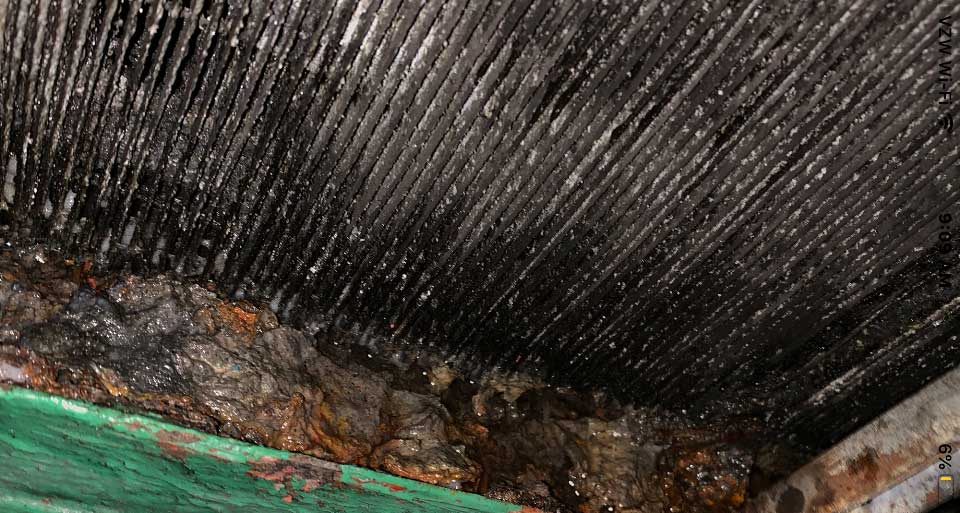
The Solution
Addressing coil fouling not only improves system efficiency but also significantly reduces a building’s carbon footprint. Blue Box’s revolutionary enzyme-infused bio-treatment penetrates coils deeply, restoring them to their original performance specs and cutting energy use by up to 50%. This leads to measurable reductions in both energy consumption and carbon emissions.
Conclusion
Coil fouling is more than a maintenance issue—it’s an environmental crisis hiding in plain sight. By tackling this problem, building owners can play a vital role in reducing global carbon emissions.
Ready to make a change?
Explore Blue Box’s sustainable HVAC solutions today.
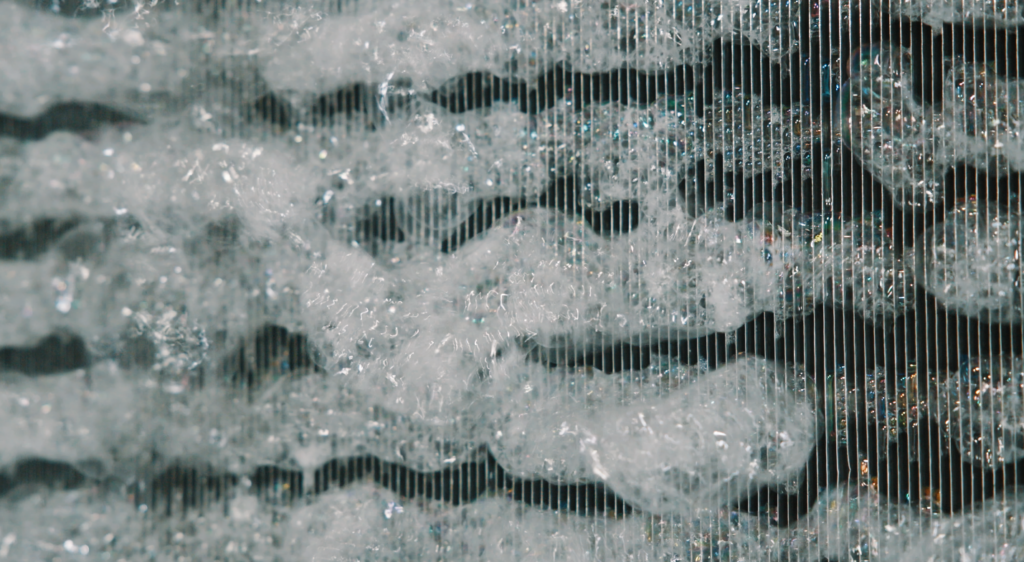
Innovating Air

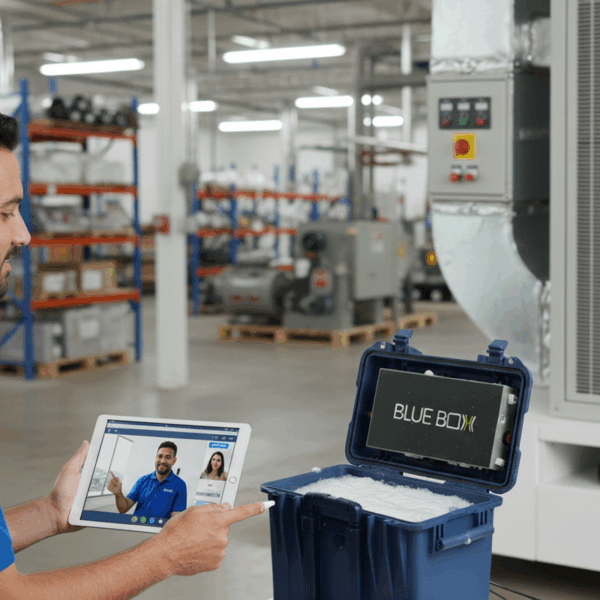
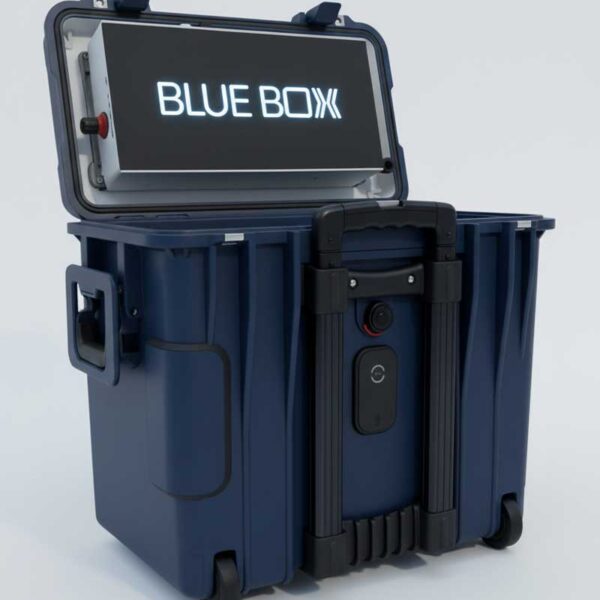

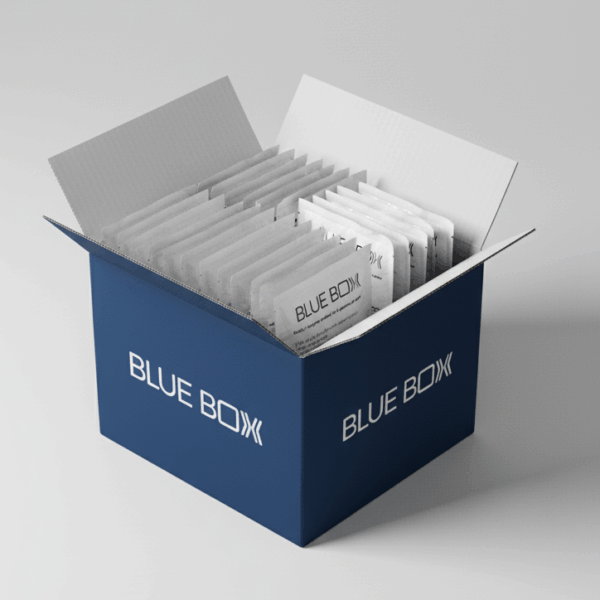
Select options This product has multiple variants. The options may be chosen on the product page